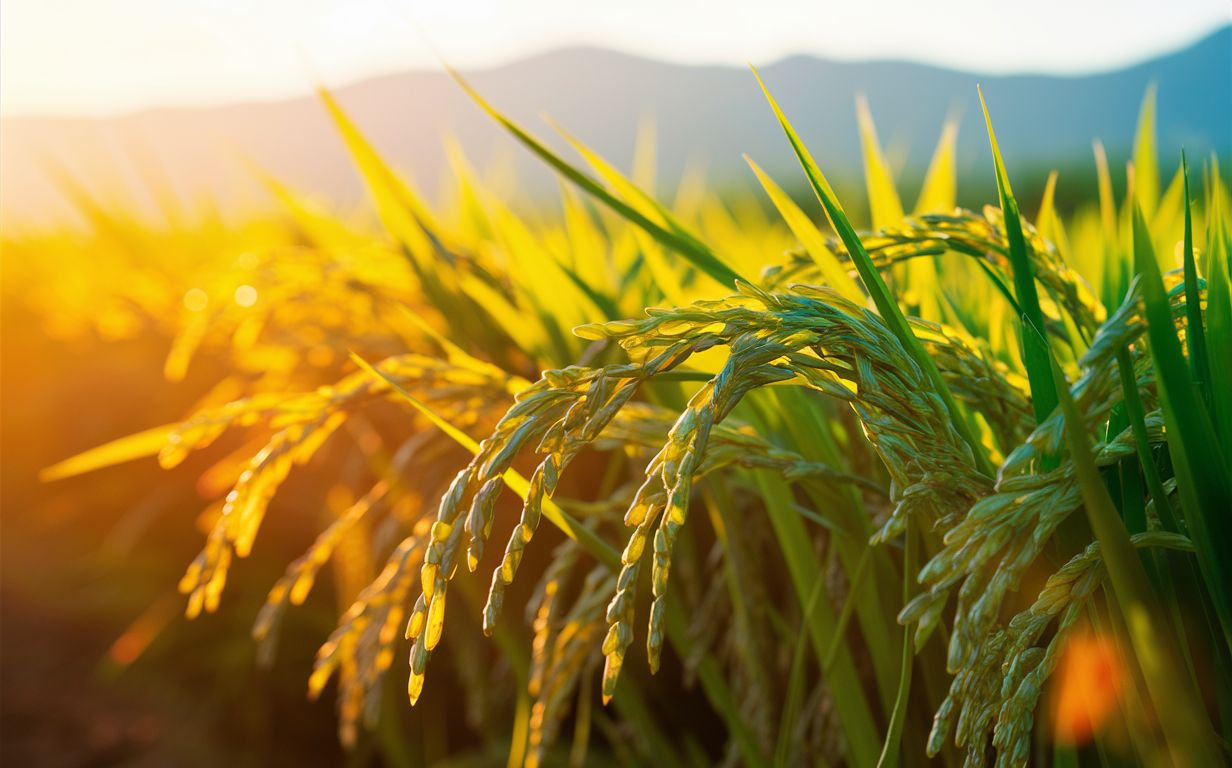Boosting photosynthesis through genetic manipulation: it's done
Follow us on Google News (click on ☆)
This is precisely what a team of researchers from the Innovative Genomics Institute at the University of California, Berkeley (UCB) has achieved by increasing the gene expression of a plant through upstream regulatory DNA modification. This advancement, published in Science Advances, opens new perspectives for improving the photosynthetic efficiency of plants.

Unlike previous research using CRISPR/Cas9 to deactivate genes, the team led by Dhruv Patel-Tupper sought to increase gene expression without adding foreign DNA. The goal was to see if this technique could enhance photosynthetic activity using the plants' native genes.
Rice, which provides 20% of global calories, was chosen for this study due to its simple and well-identified photoprotection genes. The RIPE project, supported by the Bill & Melinda Gates Foundation, aims to increase food production by improving the efficiency of converting solar energy into food.
The researchers used CRISPR/Cas9 to modify the regulatory DNA of the target gene, observing expression increases far greater than expected. These modifications did not compromise other essential processes, suggesting a promising approach to gene editing in agriculture.
Patel-Tupper emphasizes that although this method is complex and relatively rare, it offers a valuable alternative to transgenesis. By modifying elements already present in plants, this technique could overcome some regulatory hurdles and accelerate the adoption of these innovations by farmers.